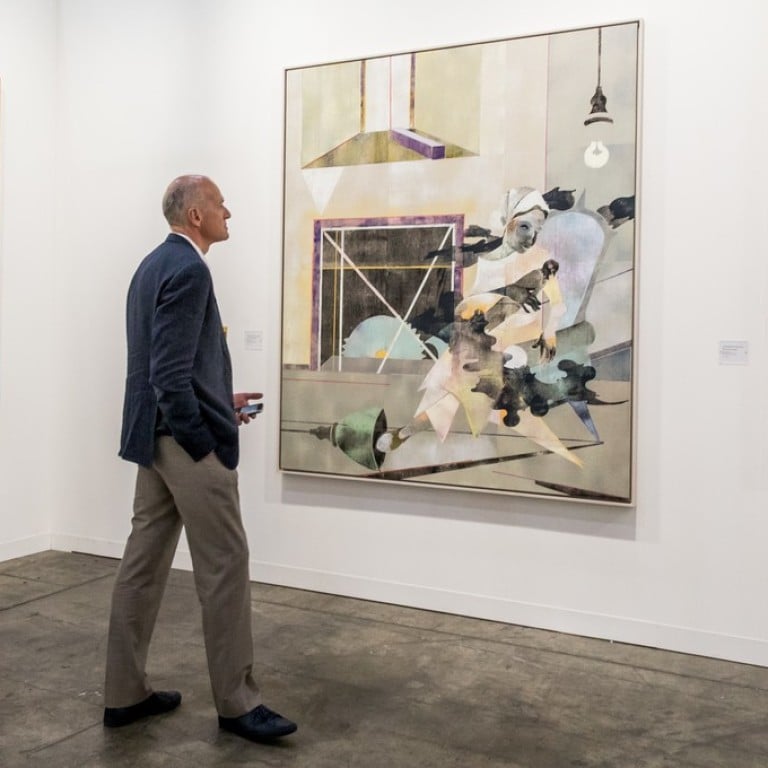Art Basel Hong Kong: tips on how to invest in art

- While art is essentially a passion investment, it also helps diversify a portfolio, especially in times of economic uncertainty
With so many art events coming up in Hong Kong, from Art Basel to the Affordable Art Fair, there has never been a better time to start collecting art.
According to a report by Art Basel and UBS, the global art market is also booming: sales reached US$63.7 billion in 2017, marking a rebound after two years of decline. China also displaced the UK as the world’s second largest art market, they reported in their joint publication, Art Market 2018.
But, be warned – this is a highly addictive pastime
In Asia, art investment has become more accessible as potential buyers gain more exposure to artists and their work.
Art is also a relatively safe form of investment, according to Billy Tea, an art investor and collector in Hong Kong.
“It’s not directly related to the financial market, so it’s stable and protected from fluctuations of the economy. It’s a good way to diversify a portfolio,” Tea says.
While art is essentially a passion investment, it also helps diversify an investment portfolio, especially in times of economic uncertainty, according to senior members of an international auction house.

“Most of our clients do not buy art purely for investment, but are passionate collectors,” says Nicolas Chow, chairman of Sotheby’s Asia and the international head of its Chinese Works of Art department.
As top works become more expensive, it is understandable that collectors will pay attention to their value and return on investment. Tea notes a direct correlation between economic growth and the value of artworks from the country.